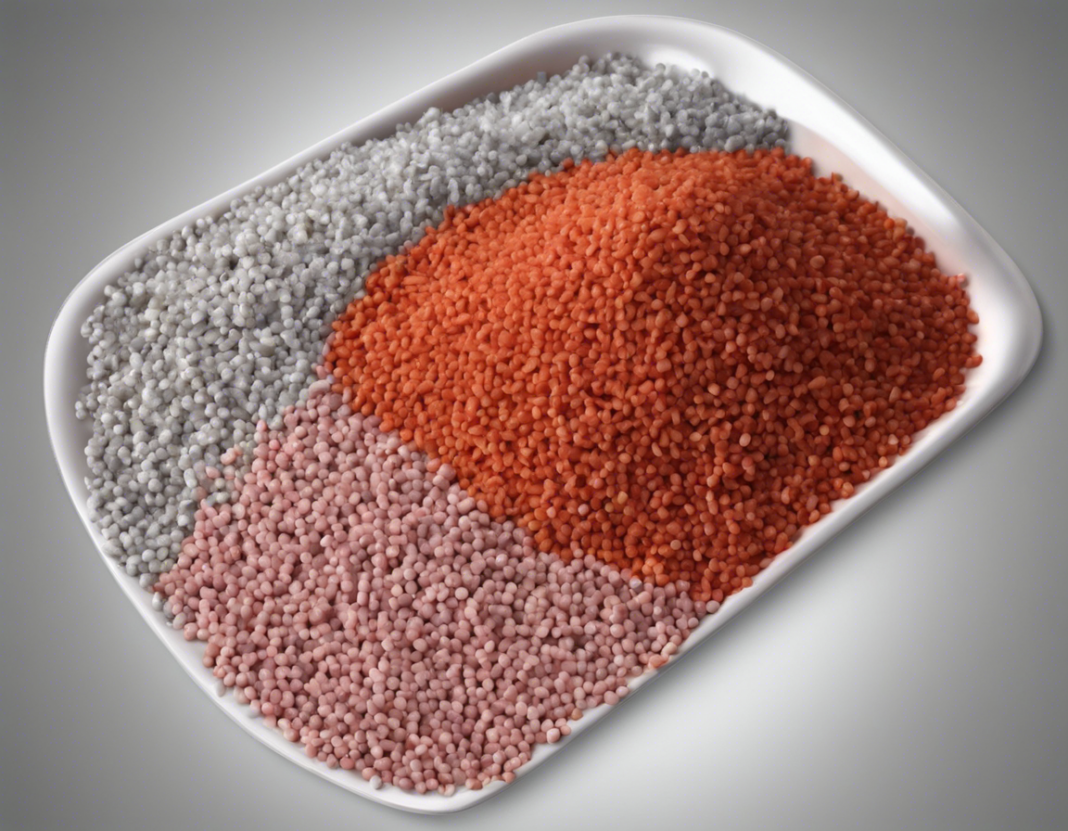Sodium: Metal or Nonmetal?
Sodium is a chemical element with the symbol Na and atomic number 11. It is a soft, silvery-white, highly reactive metal. In the periodic table, sodium is classified as an alkali metal. Alkali metals are a group of metals in the periodic table that are very reactive and easily lose one electron to form positively charged ions.
Physical Properties of Sodium:
– Appearance: Sodium is a soft, shiny, silvery-white metal that can be easily cut with a knife.
– Density: Sodium has a density of 0.97 grams per cubic centimeter, making it less dense than water.
– Melting Point: The melting point of sodium is 97.79 degrees Celsius (208.02 degrees Fahrenheit).
– Boiling Point: Sodium has a boiling point of 882.9 degrees Celsius (1621.2 degrees Fahrenheit).
– Malleability: Sodium is highly malleable, meaning it can be easily hammered or rolled into thin sheets.
– Conductivity: Sodium is a good conductor of electricity.
Chemical Properties of Sodium:
– Reactivity: Sodium is a highly reactive metal, reacting vigorously with water to produce sodium hydroxide and hydrogen gas.
– Oxidation: Sodium readily oxidizes in air, forming a dull oxide coating on the surface.
– Flame Test: When sodium compounds are heated in a flame, they emit a brilliant yellow color, which is often used in fireworks and street lamps.
– Sodium Compounds: Sodium forms numerous compounds, such as sodium chloride (table salt), sodium hydroxide (lye), and sodium bicarbonate (baking soda).
Uses of Sodium:
– Food Industry: Sodium compounds like sodium chloride are widely used as flavor enhancers and preservatives in the food industry.
– Chemical Industry: Sodium hydroxide is a key ingredient in the production of soaps, detergents, and paper.
– Metallurgy: Sodium is used as a reducing agent in the extraction of metals from their ores.
– Medicine: Sodium plays a crucial role in regulating blood pressure and fluid balance in the human body.
– Coolant: Liquid sodium is used as a coolant in some nuclear reactors due to its excellent heat transfer properties.
Safety Precautions with Sodium:
– Due to its reactivity with water, sodium should be handled with caution to prevent accidents.
– Proper protective gear, such as gloves and goggles, should be worn when handling sodium.
– Sodium should be stored in a dry environment to prevent it from reacting with moisture in the air.
Conclusion:
In conclusion, sodium is a metal due to its physical and chemical properties. As an alkali metal, it exhibits characteristic properties like high reactivity and the ability to easily lose electrons. Its uses in various industries, from food to nuclear reactors, highlight the importance of this element in our daily lives.
Frequently Asked Questions (FAQs) About Sodium:
-
Is sodium a metal or nonmetal?
Sodium is a metal. It is classified as an alkali metal in the periodic table. -
What are the physical properties of sodium?
Sodium is a soft, shiny, silvery-white metal with a density of 0.97 g/cm3, a melting point of 97.79°C, and a boiling point of 882.9°C. -
Why is sodium stored in oil?
Sodium is stored in oil to prevent it from reacting with moisture or air, which can lead to fires or explosions. -
What happens when sodium reacts with water?
When sodium reacts with water, it produces sodium hydroxide and hydrogen gas in a highly exothermic reaction. -
How is sodium used in the food industry?
Sodium compounds like sodium chloride are used as flavor enhancers and preservatives in the food industry to enhance taste and prolong shelf life. -
What are the safety precautions when handling sodium?
Proper protective gear should be worn when handling sodium, and it should be stored in a dry environment away from moisture to prevent accidents. -
Can sodium be found in nature?
Sodium is not found in its pure form in nature due to its high reactivity, but it is commonly found in compounds like sodium chloride (table salt). -
What is the role of sodium in the human body?
Sodium plays a crucial role in the body by regulating blood pressure, fluid balance, and nerve function. -
Is sodium used in batteries?
Sodium-ion batteries are being researched as an alternative to lithium-ion batteries due to the abundance of sodium, but they are not as widely used yet. -
How is liquid sodium used in nuclear reactors?
Liquid sodium is used as a coolant in some nuclear reactors because of its excellent heat transfer properties, helping to regulate the temperature of the reactor core.
